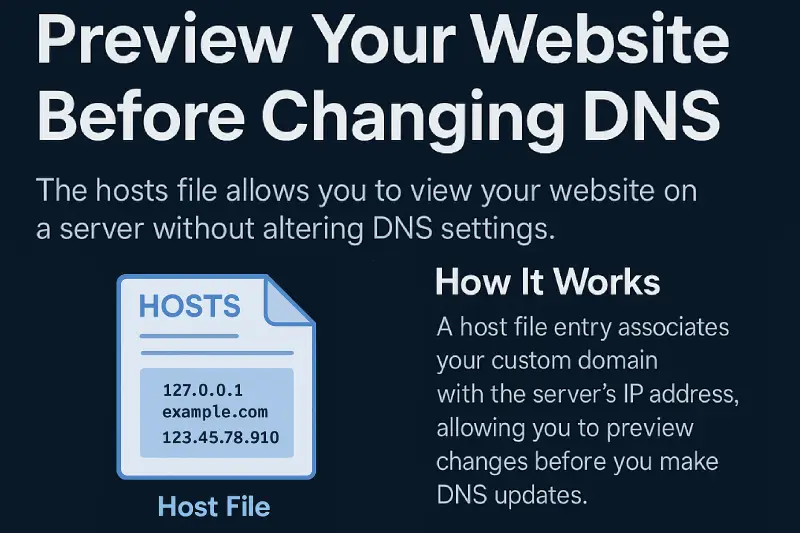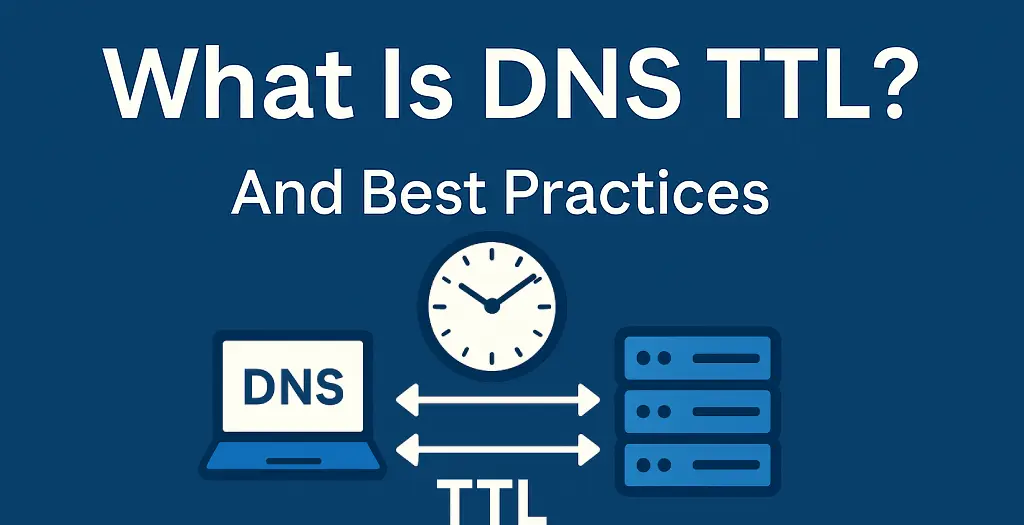WordPress allows you to move the wp-config.php file one level above the public_html directory to hide its sensitive content and add an extra layer of protection.
Why Move wp-config.php?
Moving the wp-config.php file outside of the document root is a quick and simple method to secure important configuration details from potential malicious access.
This file contains your database credentials and authentication/salt keys—essential for WordPress security.
INFO: WordPress authentication or salt keys are encrypted elements that protect login session data by hashing them securely.
In every WordPress installation, wp-config.php resides in the document_root:
- In Plesk: this is typically the
httpdocsfolder. - In cPanel: it’s usually
public_html. - In other control panels, you may see it as
webroot.
For consistency, we’ll refer to it as httpdocs in this guide.

The httpdocs folder is the top-level directory accessible by the system user via SSH or FTP. Navigating above it is not allowed via SSH/FTP and is only visible from the file manager in the control panel.
How Can wp-config.php Be Compromised?
Normally, PHP files are not readable by browsers—they only output the rendered HTML. However:
- If the server stops parsing PHP (e.g., due to misconfiguration), the contents of
wp-config.phpmight be displayed as plain text. - A malicious file might be uploaded that can read
wp-config.phpprogrammatically.
Wordfence reported a large-scale attack in 2020 where attackers scanned for default WordPress paths like httpdocs/wp-config.php to harvest database credentials.
How to Move wp-config.php
WordPress supports this operation natively without requiring changes to the core.
Option 1: Simple Move
Just move the file one level above the web root. WordPress will detect it automatically, no further action needed.

Option 2: Enhanced Obfuscation
To further obscure the file:
- Create a new folder outside
httpdocswith a random name (e.g.,tsoukou). - Copy
wp-config.phpinto it. - Rename it to something unique like
qwerasdv.php.


- In
httpdocs/wp-config.php, replace the contents with:
|
|




